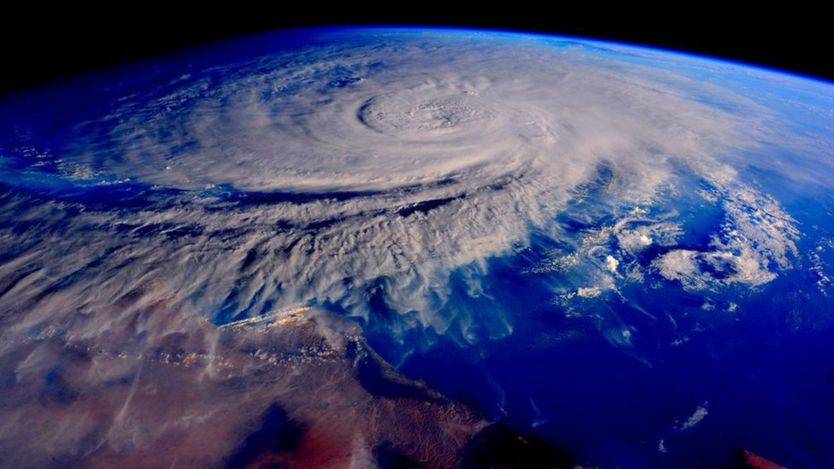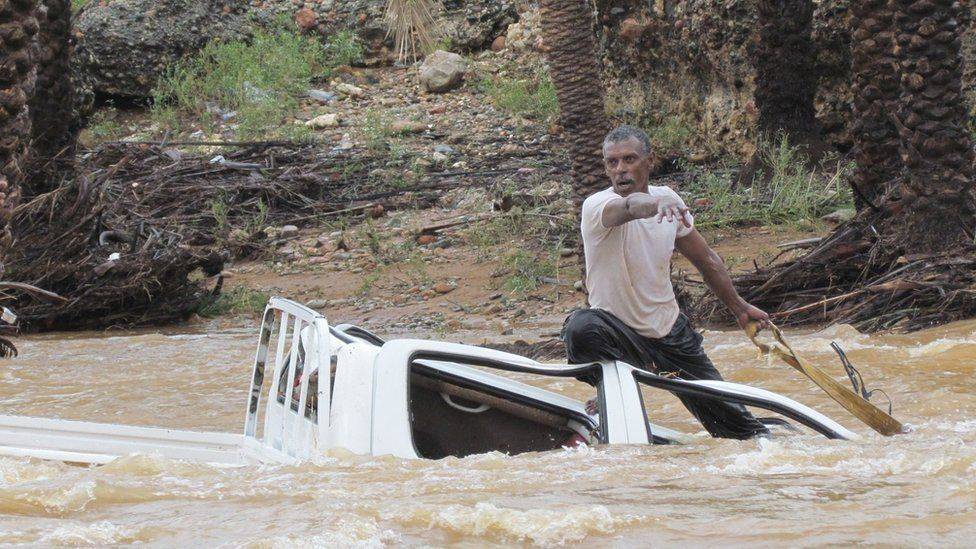Quantum Windbag
Gold Member
- May 9, 2010
- 58,308
- 5,099
- 245
Billions survive.
[ame=http://www.youtube.com/watch?v=7Sw9Fh6uk4Q]Barenaked Ladies - "Odds Are" (Official Music Video) - YouTube[/ame]
[ame=http://www.youtube.com/watch?v=7Sw9Fh6uk4Q]Barenaked Ladies - "Odds Are" (Official Music Video) - YouTube[/ame]






